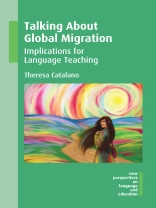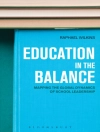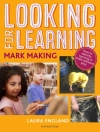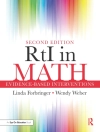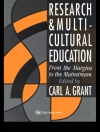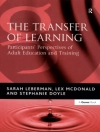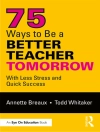How do migrants describe themselves and their experiences? As the world faces a migration crisis, there is an enhanced need for educational responses to the linguistic and cultural diversity of student bodies, and for consideration of migrant students at all levels of the curriculum. This book explores the stories of over 70 migrants from 41 countries around the world and examines the language they use when talking about their move to a new country and their experiences there. The book interprets common themes from the stories using metaphor and metonymy analysis to lead to more nuanced understandings of migration that have implications for language teachers. The stories also dispel many stereotypes relating to migration, serving as a reminder to us all to consider our own language when talking about this complex subject.
Spis treści
PART I. BEGINNINGS
Chapter 1: Introduction
Chapter 2: Terminology and Types of Migrants
Chapter 3: What are Metaphor and Metonymy?
Chapter 4: Media Discourse and Migrants
PART II. THE STORIES
Chapter 5: Adventure Migrants
Chapter 6: Refugee/Asylum Seekers
Chapter 7: Family-Reunion/Child Migrants
Chapter 8: Economic Migrants
Chapter 9: Third Culture Kids (TCKs)
Chapter 10: Love and/or Marriage Migrants
PART III. THE METAPHORS AND METONYMIES
Chapter 11: Summary of Dominant Metaphors/Metonymies in the Stories
Chapter 12: Media Discourse vs. Migrant Discourse
PART IV. CONCLUSION AND FUTURE DIRECTIONS
Chapter 13: Conclusion and Future Directions
REFERENCES
Appendix A: Methodology
Appendix B: Resources
O autorze
Theresa Catalano is Assistant Professor of Second Language Education/Applied Linguistics at the University of Nebraska-Lincoln, USA. Theresa is also co-director of the Master’s degree (and dual certification) in language teaching and acquisition (MAlta). She has published in a wide range of journals in the field including the Journal of Language, Identity and Education, the Journal of Latinos and Education, Teaching and Teacher Education and Critical Discourse Studies.
